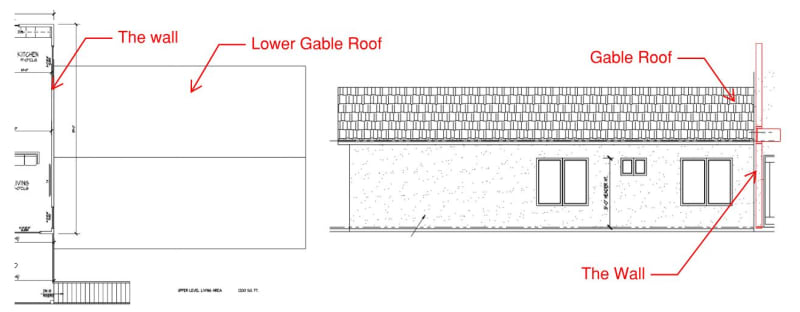Hello everyone,
I'm currently working on the structural design for a T-shaped timber building located in seismic design category E. In this project, a one-story portion of the building intersects perpendicularly with a two-story portion. The challenge I'm facing is that the wall between these two portions doesn't align with the end truss of the one-story portion and extends upward to reach the higher roof of the two-story section.
I'm trying to determine the best way to transfer diaphragm forces from the end truss of the one-story section to the shear walls of the two-story section, despite this misalignment. I'm considering options like adding two layers of wall: one to align with the end truss of the one-story portion and another that extends up to reach the roof of the two-story portion.
I'd appreciate any insights, details, or resources that could guide me in the right direction.
Thanks in advance for your help!
I'm currently working on the structural design for a T-shaped timber building located in seismic design category E. In this project, a one-story portion of the building intersects perpendicularly with a two-story portion. The challenge I'm facing is that the wall between these two portions doesn't align with the end truss of the one-story portion and extends upward to reach the higher roof of the two-story section.
I'm trying to determine the best way to transfer diaphragm forces from the end truss of the one-story section to the shear walls of the two-story section, despite this misalignment. I'm considering options like adding two layers of wall: one to align with the end truss of the one-story portion and another that extends up to reach the roof of the two-story portion.
I'd appreciate any insights, details, or resources that could guide me in the right direction.
Thanks in advance for your help!

